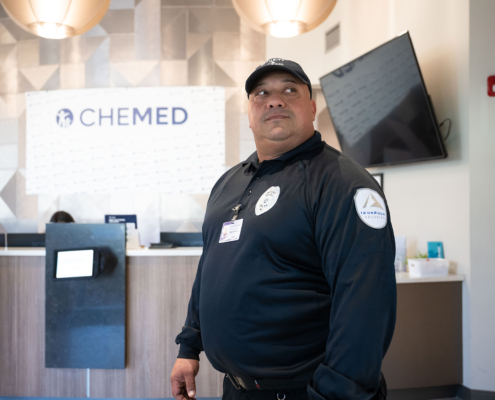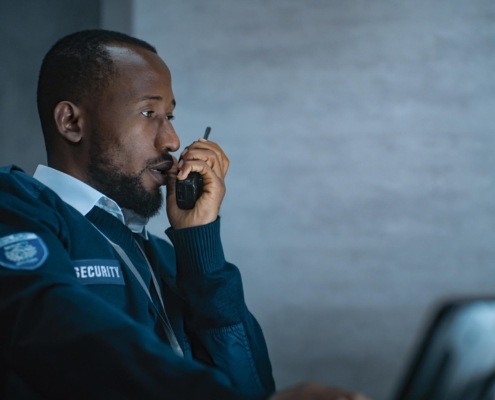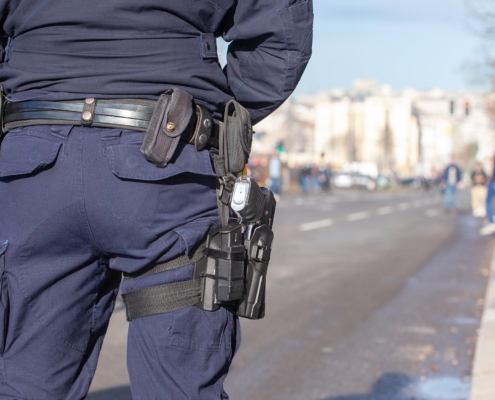Security cameras and motion sensors can be helpful, but they can’t always react or adapt in real time like a human guard. Cameras record what happens, but they don’t intervene. Sensors might trigger alarms, yet a false alert could waste precious minutes if there’s no one on-site to investigate. That’s where professional, in-person patrols shine: they combine real-time observation with quick decision-making, ensuring potential threats are handled swiftly.
A guard on patrol can also notice subtle details that automated systems overlook. Maybe it’s an unlocked side door that no one ever thinks to check. Maybe it’s a broken window out back that’s hidden from camera view. Or maybe it’s a vehicle that’s been idling too long near the loading dock. When humans do the patrolling, they rely on all their senses—not just sight—picking up on smells or sounds that equipment might miss. This level of awareness can prevent minor issues from escalating into full-blown emergencies.
Beyond the practical side, there’s a psychological aspect to consider. A uniformed security guard calmly moving through a property sends a strong message. Anyone who might be tempted to steal, vandalize, or trespass will think twice when they see a capable authority figure who can respond immediately. Employees, on the other hand, can focus on their jobs more comfortably, trusting that someone is looking out for their safety. It all ties into creating an environment where people feel both protected and at ease.








